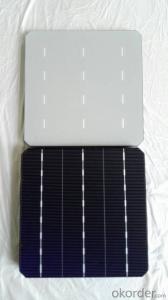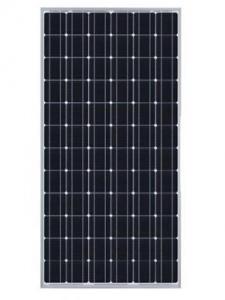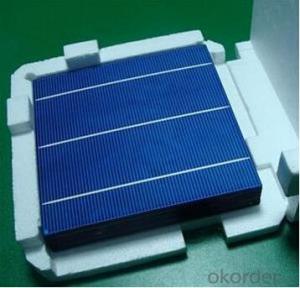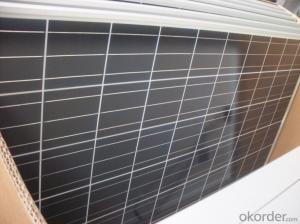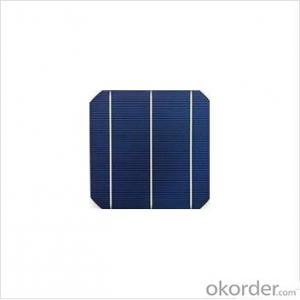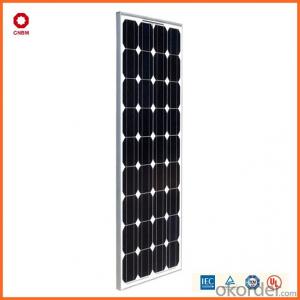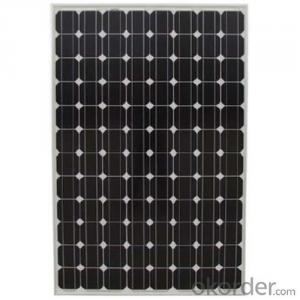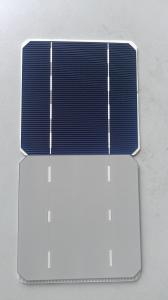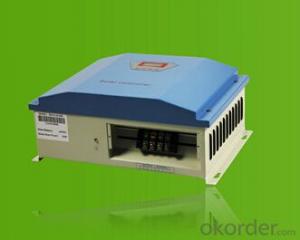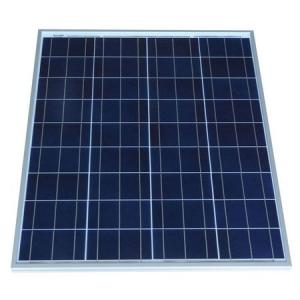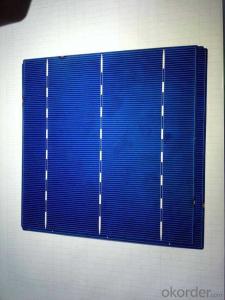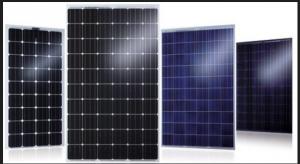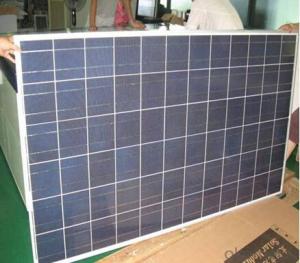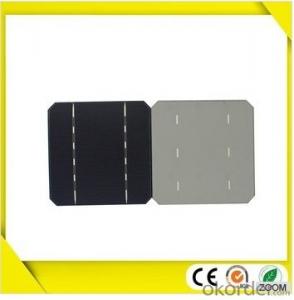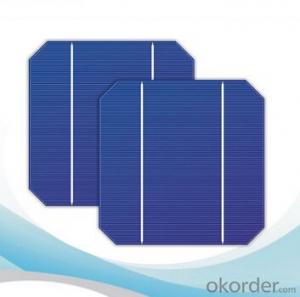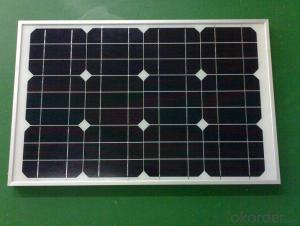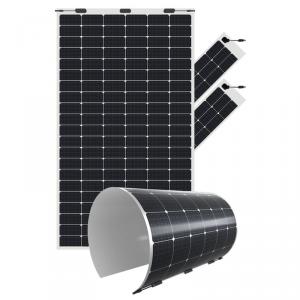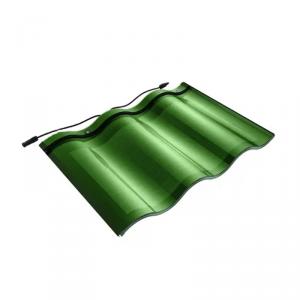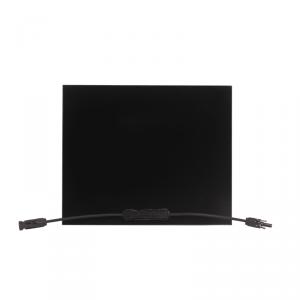American Made Solar Cells
American Made Solar Cells Related Searches
Home Built Solar Cells Affordable Solar Cells High Quality Solar Cells Free Solar Cells Cheap Solar Cells Custom Solar Cells Printed Solar Cells Buy Solar Cells Creating Solar Cells Plant Based Solar Cells Us Solar Module Manufacturers Building Solar Cells High Performance Solar Cells Production Of Solar Cells Solar Cell Module Home Depot Solar Cells Better Solar Cells Chipped Solar Cells Chinese Solar Cells Screen Printed Solar Cells Low Cost Solar Cells Photovoltaic Solar Cells Printable Solar Cells Build Your Own Solar Cells Commercial Solar Cells Hobby Solar Cells Residential Solar Cells 1st Generation Solar Cells 3d Printed Solar Cells Purchase Solar CellsAmerican Made Solar Cells Supplier & Manufacturer from China
American Made Solar Cells are high-quality photovoltaic products designed and manufactured in the United States. These solar cells are engineered to harness the power of the sun and convert it into usable electricity, making them an environmentally friendly and sustainable energy solution. They are widely recognized for their efficiency, durability, and reliability, making them a popular choice for various applications.American Made Solar Cells are utilized in a variety of settings, including residential rooftops, commercial buildings, and large-scale solar farms. They are also used in off-grid applications such as powering remote cabins, telecommunication towers, and even electric vehicles. The versatility of these solar cells allows them to be integrated into various systems, providing a clean and renewable energy source for a wide range of needs.
Okorder.com is a leading wholesale supplier of American Made Solar Cells, offering a vast inventory of these products to meet the demands of customers worldwide. With a commitment to quality and customer satisfaction, Okorder.com ensures that the solar cells they provide are of the highest standard and are backed by exceptional service and support. By partnering with Okorder.com, customers can access a reliable source of American Made Solar Cells and contribute to the growth of clean energy solutions.
Hot Products







